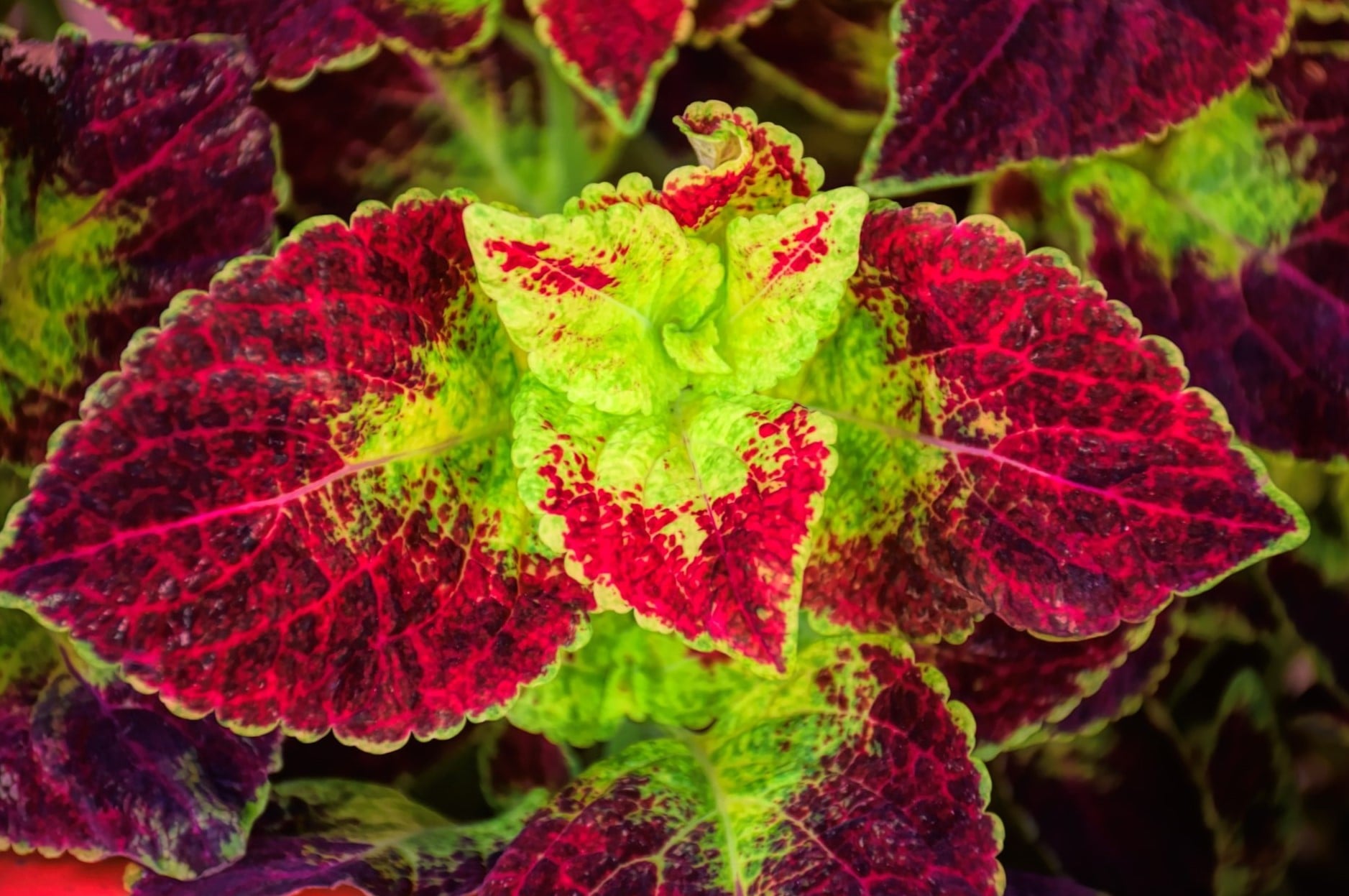
Auxins are a group of plant hormones that play a crucial role in coordinating various growth and behavioral processes in a plant's life cycle. These hormones are essential for plant development, influencing cell elongation, root formation, and even the direction of growth in response to light and gravity. Auxins are produced in the stem, buds, and root tips, and they move to other parts of the plant where they regulate growth. Understanding auxins can help gardeners, farmers, and botanists optimize plant health and productivity. Ready to dive into 40 intriguing facts about auxins? Let's get started!
What is Auxin?
Auxin is a crucial plant hormone that plays a significant role in the growth and development of plants. This hormone influences various physiological processes, including cell elongation, root formation, and response to light. Let's dive into some fascinating facts about auxin.
-
Auxin was the first plant hormone discovered. Charles Darwin and his son Francis first observed its effects in the late 19th century.
-
The term "auxin" comes from the Greek word "auxein," which means "to grow." This name reflects its primary function in promoting plant growth.
-
Indole-3-acetic acid (IAA) is the most common naturally occurring auxin. IAA is synthesized in the shoot tips and young leaves of plants.
-
Auxin is transported in a polar manner. This means it moves directionally from the tip of the plant downwards, influencing growth patterns.
-
Auxin regulates cell elongation. It loosens the cell wall, allowing cells to expand and grow.
Auxin's Role in Plant Development
Auxin is essential for various developmental processes in plants. Here are some key roles it plays:
-
Auxin promotes root formation. It stimulates the growth of lateral and adventitious roots, crucial for plant stability and nutrient uptake.
-
Auxin influences phototropism. Plants bend towards light because auxin accumulates on the shaded side, causing cells to elongate more on that side.
-
Auxin is involved in gravitropism. It helps roots grow downward and shoots grow upward by redistributing in response to gravity.
-
Auxin regulates apical dominance. The main shoot grows more vigorously than side shoots due to higher auxin concentration at the tip.
-
Auxin plays a role in fruit development. It helps in the formation and growth of fruits by stimulating cell division and expansion.
Auxin in Agriculture and Horticulture
Auxin's properties make it valuable in agricultural and horticultural practices. Here are some ways it is utilized:
-
Auxin is used in rooting powders. These powders help cuttings develop roots more quickly and effectively.
-
Synthetic auxins are used as herbicides. Compounds like 2,4-D selectively kill broadleaf weeds without harming grasses.
-
Auxin can induce parthenocarpy. This process leads to the development of seedless fruits, which are often more desirable in the market.
-
Auxin is used to promote flowering. It can be applied to certain plants to encourage blooming at specific times.
-
Auxin helps in tissue culture. It is used to stimulate cell division and differentiation in plant tissue cultures.
Interesting Facts about Auxin
Auxin has some intriguing characteristics and effects that highlight its importance in plant biology:
-
Auxin can inhibit growth at high concentrations. While low levels promote growth, too much auxin can have the opposite effect.
-
Auxin interacts with other hormones. It works in conjunction with cytokinins, gibberellins, and ethylene to regulate plant growth and development.
-
Auxin influences leaf abscission. It delays the shedding of leaves by maintaining cell viability at the base of the leaf stalk.
-
Auxin affects vascular tissue development. It promotes the formation of xylem and phloem, essential for water and nutrient transport.
-
Auxin can be synthesized artificially. Scientists have developed synthetic auxins that mimic the effects of natural auxin for various applications.
Auxin's Molecular Mechanisms
Understanding how auxin works at the molecular level reveals its complexity and precision:
-
Auxin binds to receptor proteins. These receptors, such as TIR1, initiate a signaling cascade that leads to changes in gene expression.
-
Auxin influences gene expression. It activates or represses specific genes involved in growth and development.
-
Auxin transport involves PIN proteins. These proteins help direct the movement of auxin within the plant, ensuring proper distribution.
-
Auxin gradients are crucial. The concentration gradients of auxin within plant tissues determine the direction and extent of growth.
-
Auxin can be inactivated. Plants have mechanisms to degrade or conjugate auxin, preventing excessive accumulation.
Auxin in Research
Auxin continues to be a focal point in plant biology research. Here are some areas where it is being studied:
-
Auxin's role in stress responses. Researchers are exploring how auxin helps plants cope with environmental stresses like drought and salinity.
-
Auxin and plant-microbe interactions. Studies are investigating how auxin influences relationships between plants and beneficial or harmful microbes.
-
Auxin in crop improvement. Scientists are using auxin-related knowledge to develop crops with better growth, yield, and stress tolerance.
-
Auxin and plant architecture. Understanding how auxin shapes plant form can lead to innovations in agriculture and horticulture.
-
Auxin biosynthesis pathways. Researchers are uncovering the complex pathways through which plants produce auxin.
Fun Facts about Auxin
Auxin has some quirky and lesser-known aspects that make it even more fascinating:
-
Auxin can be found in algae. Even simple organisms like algae produce and respond to auxin.
-
Auxin influences root hair formation. It helps in the development of tiny root hairs that increase the surface area for water and nutrient absorption.
-
Auxin can affect seed germination. It plays a role in breaking seed dormancy and promoting germination.
-
Auxin is involved in wound healing. When a plant is injured, auxin helps in the formation of new tissues to heal the wound.
-
Auxin can be detected using biosensors. Scientists have developed tools to visualize and measure auxin levels in living plants.
Auxin's Impact on Plant Behavior
Auxin not only affects growth but also influences plant behavior in response to their environment:
-
Auxin mediates shade avoidance. Plants growing in the shade produce more auxin to elongate their stems and reach for light.
-
Auxin helps plants compete for resources. By regulating growth patterns, auxin enables plants to optimize their use of light, water, and nutrients.
-
Auxin influences plant-microbe signaling. It can affect how plants communicate with beneficial microbes in the soil.
-
Auxin can trigger defense responses. In some cases, auxin helps plants activate defenses against pathogens.
-
Auxin research has practical applications. Insights gained from studying auxin are being applied to improve crop production and sustainability.
The Power of Auxins
Auxins play a crucial role in plant growth and development. These hormones regulate cell elongation, root formation, and responses to light and gravity. Without auxins, plants wouldn't be able to grow properly or adapt to their environment. Understanding auxins helps farmers improve crop yields and gardeners cultivate healthier plants.
Auxins also have practical applications in agriculture and horticulture. They can be used to promote rooting in cuttings, control fruit development, and even manage weed growth. This knowledge empowers us to harness the natural processes of plants for better productivity and sustainability.
In essence, auxins are vital for plant life. By studying them, we gain insights into the intricate mechanisms that drive plant growth. This understanding not only benefits agriculture but also contributes to our broader knowledge of biology. So, next time you see a thriving plant, remember the unseen work of auxins.
Was this page helpful?
Our commitment to delivering trustworthy and engaging content is at the heart of what we do. Each fact on our site is contributed by real users like you, bringing a wealth of diverse insights and information. To ensure the highest standards of accuracy and reliability, our dedicated editors meticulously review each submission. This process guarantees that the facts we share are not only fascinating but also credible. Trust in our commitment to quality and authenticity as you explore and learn with us.


